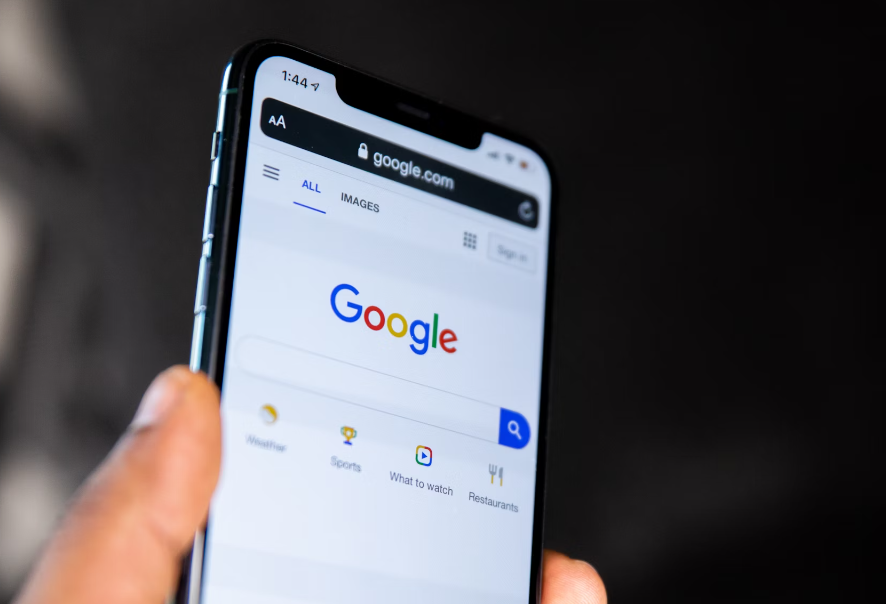In today’s fast-paced digital world, businesses must employ effective strategies to attract and retain customers quickly. One of the most powerful tools in this arsenal is paid advertising. Platforms like Google Ads and social media channels offer a lot of opportunities to reach potential customers rapidly and efficiently. This article explores how paid advertising can accelerate customer acquisition, providing actionable insights and tips to maximize your advertising efforts.
The Power of Paid Advertising
Understanding Paid Advertising
Paid advertising refers to the practice of paying for ad placements to reach potential customers. This can take various forms, including pay-per-click (PPC) advertising, display ads, and paid social media campaigns. The primary goal is to increase visibility, drive traffic, and convert leads into customers.
Benefits of Google Ads
Immediate Visibility
Google Ads allows businesses to appear at the top of search engine results pages (SERPs) for targeted keywords. This visibility is immediate, providing a quick way to attract potential customers actively searching for related products or services.
Highly Targeted Campaigns
Google Ads offers extensive targeting options, including keywords, location, demographics, and device type. This ensures that ads are shown to users most likely to be interested in your offerings, enhancing the likelihood of conversions.
Cost Control and ROI Measurement
With PPC, you only pay when someone clicks on your ad, allowing for precise budget management. Additionally, Google Ads provides detailed analytics, enabling businesses to track conversions and measure return on investment (ROI) effectively.
Advantages of Social Media Ads
Diverse Ad Formats
Social media platforms offer a variety of ad formats, including image, video, carousel, and story ads. This variety allows businesses to create engaging and visually appealing advertisements that resonate with different audience segments (SocialMediaDashboard) (Semrush).
Precise Audience Targeting
Social media ads can be targeted based on user demographics, interests, behaviors, and even previous interactions with your brand. This precision helps in reaching a highly specific audience, increasing the chances of engagement and conversion.
Enhanced Engagement
Social media platforms encourage interaction. Users can like, comment, share, and engage with ads, creating a two-way communication channel that can build brand loyalty and trust
Implementing Google Ads
To get started with Google Ads, follow these steps:
Create a Google Ads Account
Sign up on the Google Ads platform and enter basic business information. This step is straightforward but crucial as it sets the foundation for your campaign.

Define Campaign Goals
Identify whether your goals are brand awareness, lead generation, or sales. Defining clear goals helps in choosing the right targeting options and ad format for your campaign.
Choose Targeting Options
Select appropriate keywords, geographic locations, and audience demographics. Google Ads offers various targeting options to ensure your ads reach the right people at the right time.
Create Compelling Ads
Design ads with clear calls to action (CTAs) and relevant keywords. The ad copy should be engaging and tailored to your target audience to drive clicks and conversions.
Set Budget and Bidding Strategy
Determine your daily budget and choose a bidding strategy, such as maximizing clicks or conversions. Budget management is crucial to ensure you get the most out of your ad spend.
Launch and Monitor Campaigns
Regularly monitor ad performance and make necessary adjustments to optimize results. Continuous monitoring and tweaking help in achieving the best possible outcomes from your campaigns.
Leveraging Social Media Ads
For successful social media advertising, consider the following platforms and their unique advantages:
Facebook and Instagram

Audience Targeting
Use Facebook’s advanced targeting tools and install the Facebook Pixel on your website for detailed analytics. This helps in tracking user behavior and optimizing ad performance.
Ad Formats
Utilize various formats like feed ads, story ads, and carousel ads to capture audience attention. Different formats cater to different user preferences, making your ads more effective.
Best Practices
Design ads for mobile viewing and use retargeting to engage users who have previously interacted with your brand. Mobile-optimized ads ensure a seamless user experience, increasing engagement.
Professional Audience
Ideal for B2B marketing, LinkedIn ads target professionals based on job title, industry, and company size. This makes it perfect for reaching decision-makers and influencers in your industry.
Ad Formats
Use sponsored content, message ads, and dynamic ads to reach decision-makers. These formats are designed to engage a professional audience effectively.
Best Practices
Incorporate clear CTAs and boost high-engagement organic posts to maximize reach. Clear and concise CTAs drive action, while boosting popular posts increases visibility.
TikTok
Engaged Users
TikTok’s highly engaged audience is perfect for viral marketing campaigns. The platform’s unique format encourages creative and interactive content.
Influencer Partnerships
Collaborate with influencers to leverage their followers and increase brand trust. Influencers have established trust with their audiences, making them effective for promoting products.
Ad Formats
Experiment with video ads and interactive formats like branded hashtags and challenges. These formats engage users and encourage participation, driving brand awareness.
Combining Google Ads and Social Media Ads
While both Google Ads and social media ads have their unique strengths, combining them can create a comprehensive advertising strategy that maximizes reach and impact. Google Ads can drive immediate traffic and conversions from users actively searching for products, while social media ads can build brand awareness and engage users in a more interactive way.
Tips for Optimizing Paid Advertising Campaigns
- Use a Variety of Ad Formats: Experiment with different ad types to see which performs best for your target audience.
- Track Your Results: Use analytics tools to monitor ad performance and make data-driven decisions.
- Optimize Campaigns: Continuously refine targeting options, ad copy, and bidding strategies based on performance data.
- A/B Testing: Regularly test different versions of your ads to determine which elements drive the best results.
Conclusion
Paid advertising, through platforms like Google Ads and social media channels, offers a powerful way to accelerate customer acquisition. By understanding the strengths and best practices of each platform, businesses can create targeted, engaging, and effective ad campaigns that drive real results. Combining these strategies with continuous optimization ensures that your advertising efforts remain efficient and impactful in the ever-evolving digital landscape.
By incorporating these insights and tips, you can harness the full potential of paid advertising to grow your customer base and achieve your business goals.

